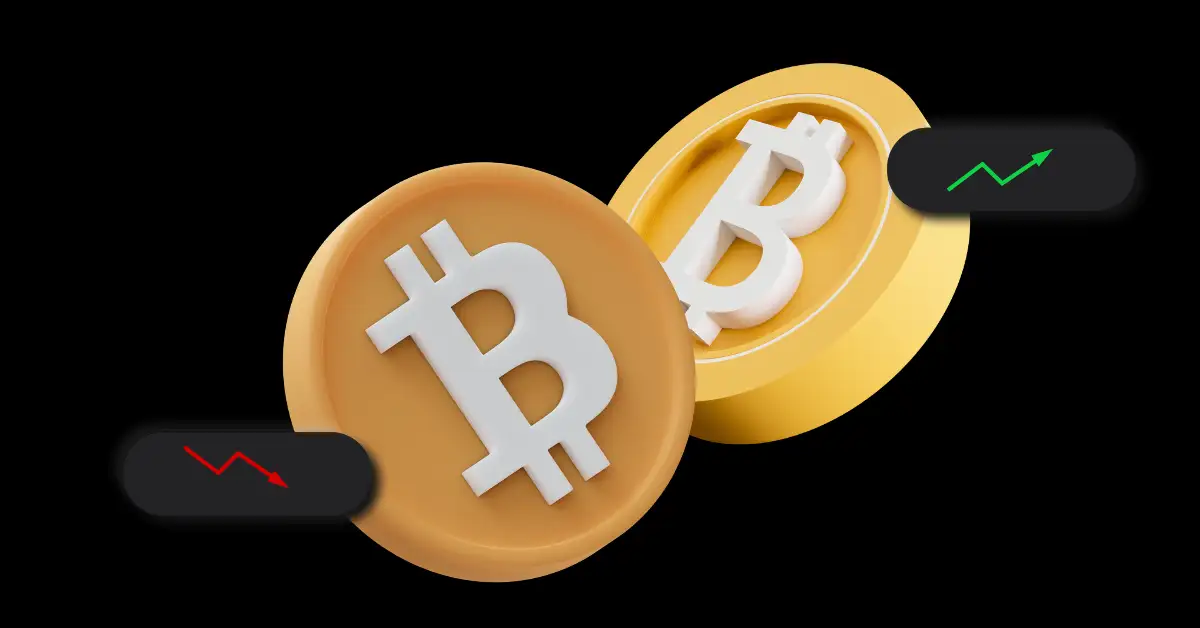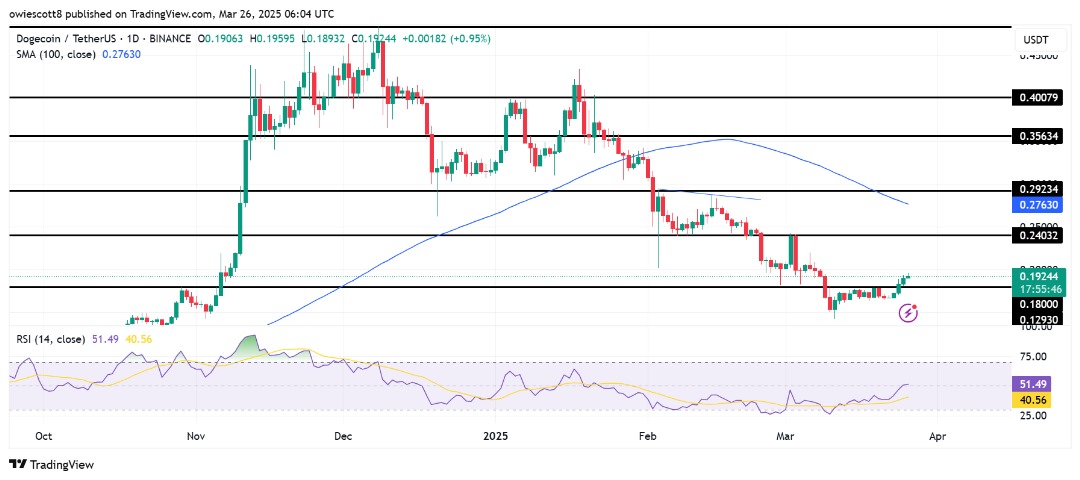Bitcoin whale exchange inflow share hits 1-year high — over 40%
Bitcoin whales account for the most exchange inflows volumewise since June 2022 as short-term holders become increasingly active.
Bitcoin () whale buying and selling in 2023 is mostly from speculative investors, new data reveals.
In the latest edition of its weekly newsletter, “The Week On-Chain,” analytics firm Glassnode that contrary to popular belief, opportunistic entities are the most active whales.
Since BTC price action returned to $30,000, a shift has taken place among Bitcoin traders.
As Glassnode shows, so-called short-term holders (STHs) — investors holding coins for a maximum of 155 days — have become significantly more common.
As it turns out, the largest-volume investor cohort, the whales, is also composed of large numbers of STHs.
“Short-Term Holder Dominance across Exchange Inflows has exploded to 82%, which is now drastically above the long-term range over the last five years (typically 55% to 65%),” Glassnode states.
 Bitcoin short-term holders dominance of exchange inflows (screenshot). Source: Glassnode
Bitcoin short-term holders dominance of exchange inflows (screenshot). Source: Glassnode
Interest in trading short-timeframe moves on BTC/USD was already evident before May. Since the FTX meltdown in late 2022, speculators have been increasingly eager to tap volatility both up and down.
The results have been mixed: Realized profits and losses have routinely spiked in line with volatile price moves.
“If we look at the degree of Profit/Loss realized by Short-Term Holder volume flowing into exchanges, it becomes evident that these newer investors are trading local market conditions,” Glassnode continues.
 Bitcoin short-term holder profit-loss to exchanges (screenshot). Source: Glassnode
Bitcoin short-term holder profit-loss to exchanges (screenshot). Source: Glassnode
Closer to the present, whales have ramped up exchange activity, at one point in July accounting for 41% of total inflows.
 Bitcoin whale-to-exchanges inflows (screenshot). Source: Glassnode
Bitcoin whale-to-exchanges inflows (screenshot). Source: Glassnode
Related:
“Analysis of the Whale Netflow to Exchanges can be used as a proxy for their influence on the supply and demand balance,” The Week On-Chain comments on the topic.
 Bitcoin whales and exchanges net flow volumes (screenshot). Source: Glassnode
Bitcoin whales and exchanges net flow volumes (screenshot). Source: Glassnode
, whales are not the only forces at work when it comes to BTC sales.
Mining pool Poolin hit the headlines with its transactions destined for Binance, while miners potentially hedging profits also contributed to sell-side activity.
to preserve this moment in history and show your support for independent journalism in the crypto space.
Magazine:
This article does not contain investment advice or recommendations. Every investment and trading move involves risk, and readers should conduct their own research when making a decision.
Disclaimer: The content of this article solely reflects the author's opinion and does not represent the platform in any capacity. This article is not intended to serve as a reference for making investment decisions.
You may also like
VIPBitget VIP Weekly Research Insights
The RWA (Real-World Assets) sector has been gaining significant traction in the crypto space, as it tokenizes traditional assets like real estate and bonds to bridge the gap between TradFi and DeFi. This process unlocks trillions of dollars in potential value, while enabling broader access to high-value investments through asset fractionalization, increased liquidity, and lower entry barriers. RWA also diversifies and stabilizes DeFi collateral options, addressing the sector's over-reliance on crypto-native assets and paving the way for large-scale adoption. With regulatory frameworks becoming clearer worldwide, the compliance advantages of RWAs are increasingly evident—drawing in institutional capital. What sets RWA projects apart is their connection to real-world income streams like rent and interest payments, offering more sustainable returns than purely speculative assets. These cash-flow-generating features appeal to investors seeking steady returns. As such, RWA is seen as a crucial step in the evolution of blockchain technology from concept to practicality. Its development potential and practical use cases make it an important sector in the crypto industry today.

Ethereum advances Pectra upgrade after Hoodi testnet success

Economist warns of a recession: Will Bitcoin and altcoins crash or rise?

Dogecoin Proves It’s Not Dead – $0.18 Retest Could Be The Beginning

